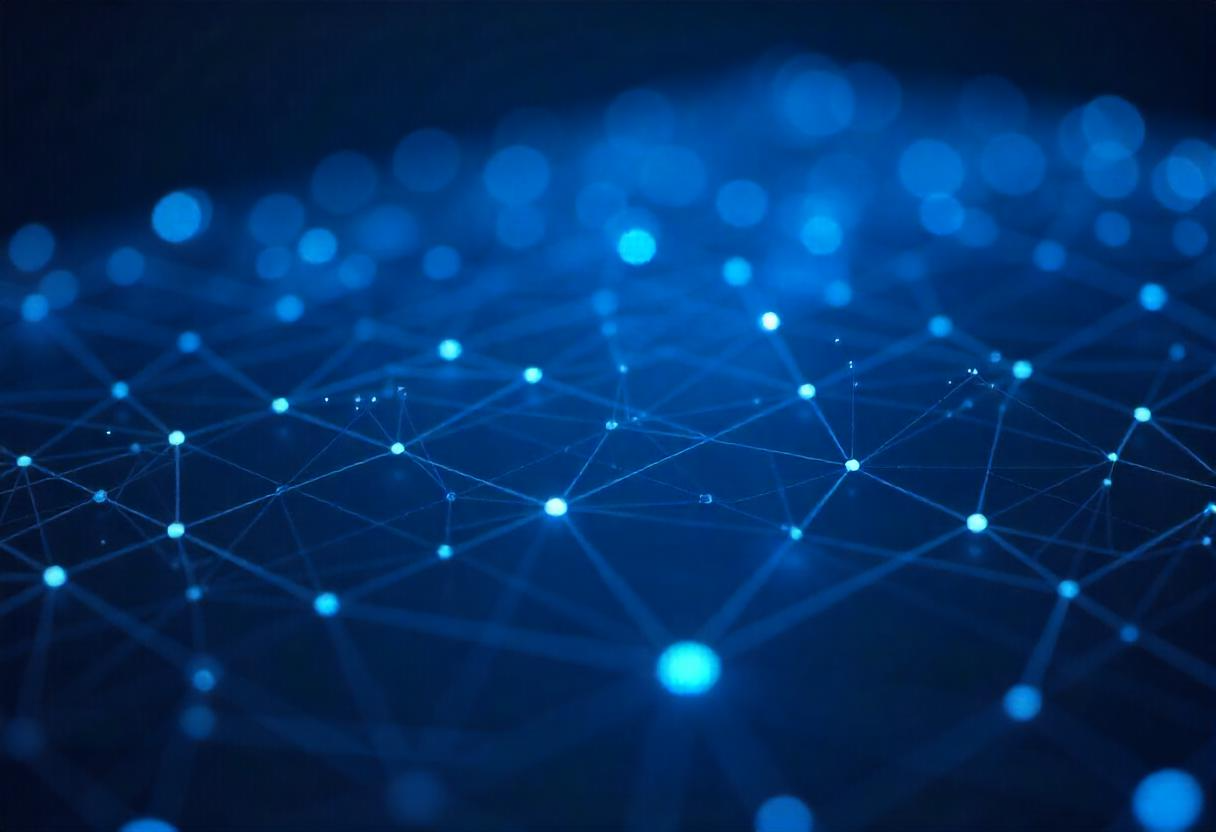The rapid advancement of Artificial Intelligence is one of the defining stories of our time. Amidst the ongoing developments, various forecasts attempt to map out the future. One particularly noteworthy perspective comes from the website AI-2027.com, which presents a compelling, and potentially jarring, view of the changes AI might bring in the very near future.
This article aims to provide perspective on the forecast and scenario presented on AI-2027.com, focusing on what they predict, who the authors are, and how they arrived at their conclusions.
The Central Statement: An Unprecedented Transformation
The core message conveyed by the authors on AI-2027.com is a prediction of profound societal change driven by AI:
"We predict that the impact of superhuman AI over the next decade will be enormous, exceeding that of the Industrial Revolution."
This statement anchors their forecast. It suggests that within the next ten years, AI systems surpassing human capabilities will reshape the world on a scale not seen since the advent of mass industrialization. This sets the stage for a potentially disruptive and transformative era.
Key Elements of the Forecast
Several aspects of the AI-2027.com presentation stand out:
- Near-Term Horizon: The forecast concentrates on the impact within the next decade, suggesting these significant changes are not distant possibilities but near-term prospects.
- Focus on Superhuman AI: The catalyst for this predicted transformation is explicitly identified as AI achieving capabilities beyond human levels.
- A Narrative Scenario: Rather than just presenting data points, the authors constructed a detailed scenario outlining their "best guess" of how this future might unfold, offering a narrative context for their predictions.
Meet the Forecasters: Who Are They?
Understanding the background of the individuals behind the forecast provides crucial context. According to the AI-2027.com website:
- The Core Research Team:
- Daniel Kokotajlo: Formerly with OpenAI, recognized by TIME100 and the NYT, bringing direct experience from a leading AI lab and a track record of AI predictions.
- Eli Lifland: Co-founder of AI Digest, experienced in AI robustness research, and highly ranked on the RAND Forecasting Initiative leaderboard.
- Thomas Larsen: Founder of the Center for AI Policy with a background in AI safety research at MIRI.
- Romeo Dean: Pursuing advanced Computer Science degrees at Harvard with experience as an AI Policy Fellow.
- Scott Alexander: A noted blogger who collaborated to shape the team's research into an engaging and accessible narrative style.
This team combines direct industry experience, forecasting expertise, policy background, and academic rigor.
Understanding Their Approach: How Was the Forecast Made?
The team behind AI-2027.com explicitly outlines their methodology for developing their scenario and overarching forecast. It wasn't based on a single data point but emerged from a synthesis of multiple inputs:
- Trend Extrapolations: Analyzing existing patterns in AI development, compute power, investment, and other relevant factors.
- Wargames: Utilizing strategic simulations to explore potential dynamics and outcomes in AI development and deployment.
- Expert Feedback: Actively soliciting and incorporating insights from other specialists in the field.
- Direct Industry Experience: Leveraging Daniel Kokotajlo's firsthand knowledge from his time at OpenAI.
- Past Forecasting Success: Building upon the team members' previous experience and track record in making accurate predictions.
Their approach was to build a detailed, plausible "best guess" scenario by integrating these diverse quantitative and qualitative inputs. The specific timelines or probabilities mentioned on the site are best understood as components derived from this comprehensive scenario-building exercise.
Perspective for the Audience
What should we take away from the AI-2027.com forecast?
- It represents a specific viewpoint from a team with relevant experience in AI development, forecasting, and policy.
- Their methodology is multifaceted, aiming to create a holistic picture rather than relying on a single trend.
- The core prediction is exceptionally bold – suggesting societal change surpassing the Industrial Revolution, driven by superhuman AI, within roughly a decade.
- The use of a detailed scenario provides a narrative context that makes the abstract notion of future AI impact more concrete, albeit speculative.
Conclusion
The forecast presented on AI-2027.com offers a distinct and significant perspective on the potential trajectory of Artificial Intelligence. Authored by a team blending insider knowledge, forecasting skill, and policy awareness, their prediction of imminent, revolutionary change driven by superhuman AI – informed by a detailed, multi-input scenario – serves as a powerful call for attention. While the future remains uncertain, understanding their specific claims, the credentials of the authors, and their method of analysis provides valuable context for navigating the ongoing conversation about AI's impact on our world. It encourages deeper consideration of how we might prepare for a future potentially arriving much sooner and with greater force than previously imagined.

